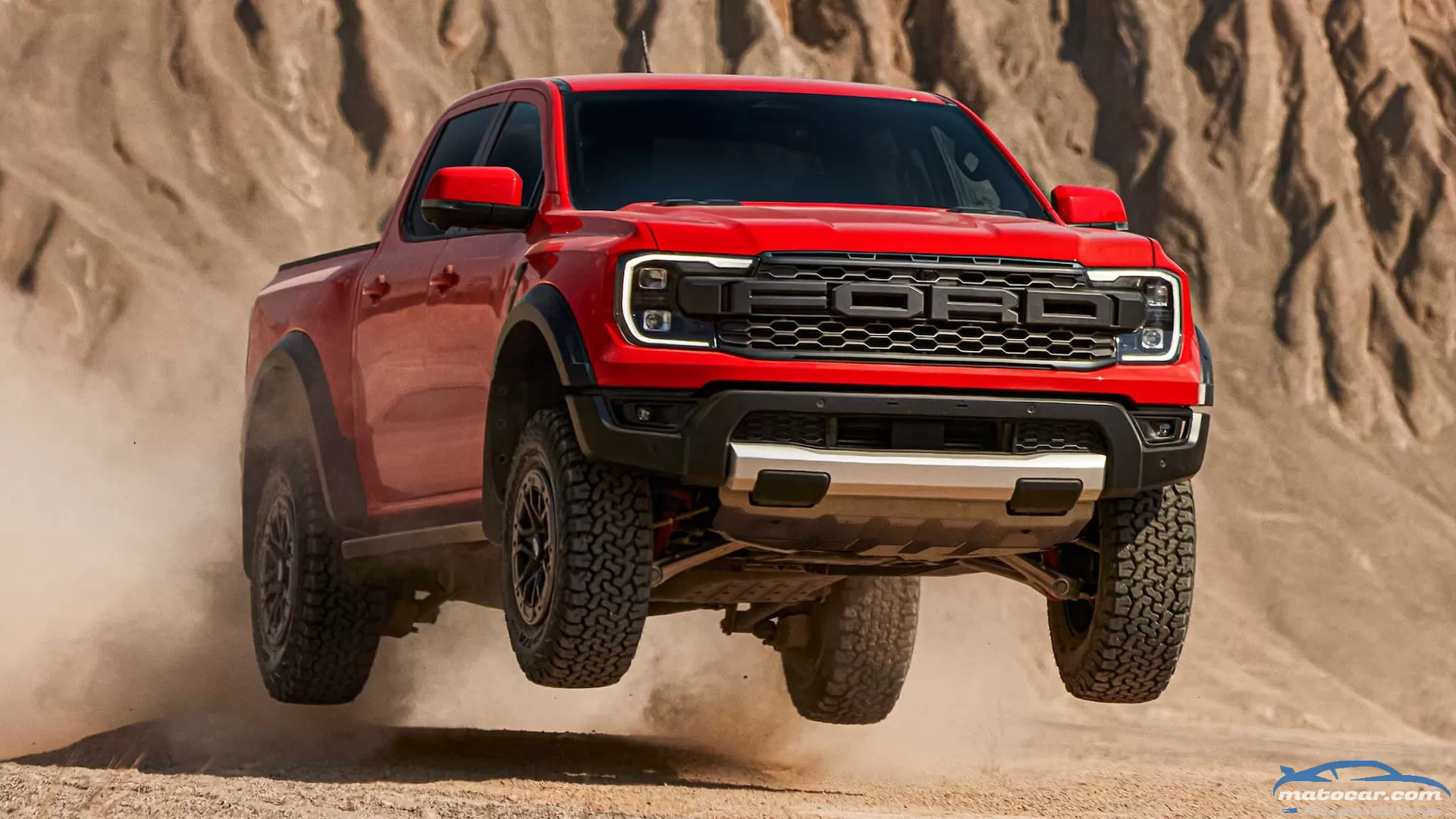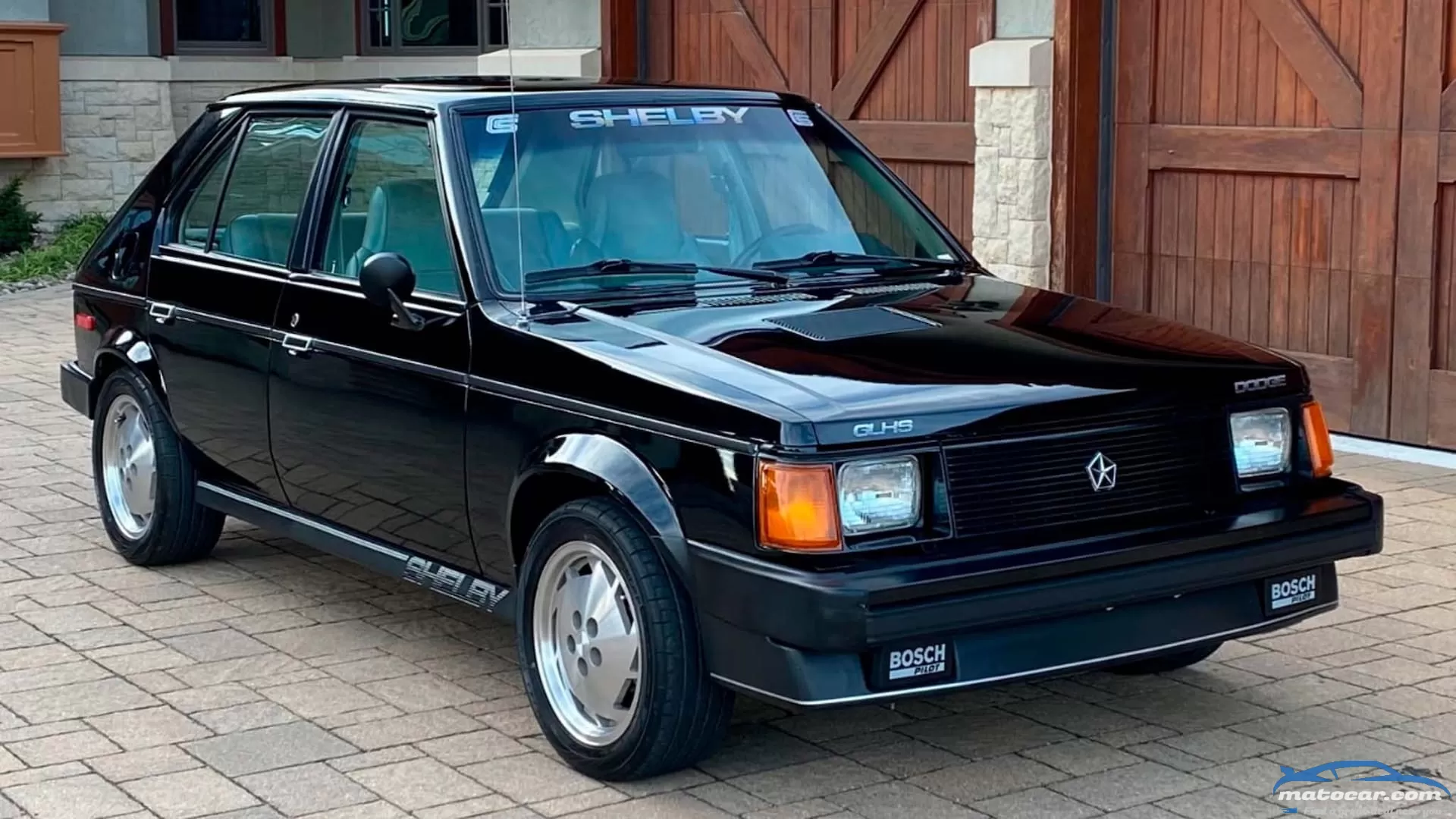Cars Are the Last Holdout of the Exploding Online Purchasing Trend

People trip over Amazon boxes to get inside their homes. Online shopping was big business before the pandemic and is now the go-to for many consumers for most goods with one notable exception: buying cars.
The auto industry is behind the rest of the world when it comes to online purchases, even though buyers consume everything else digitally, TrueCar President and CEO Mike Darrow said during a presentation at the Automotive Press Association in Detroit.
Death, Taxes, and Car Sales
But that will change—and fast. In 2019, a mere 1 percent of auto sales, new and used, were conducted digitally. It grew to 10 percent in 2020, spurred by COVID shutdowns and lockdowns. By 2025, 40 percent of auto purchases in the U.S., about 23 million new and used vehicles, will be conducted completely online, Darrow says, and surveys show 62 percent of people say they would buy online if they could.
It shouldn't be that hard. The IRS reported that 71 million people filed their U.S. income tax online this year with no help—that's gotta be harder than buying a car online, Darrow says.
The transition from a century-old way of selling cars by visiting a dealership is also being fueled by new automakers, starting with Tesla which prominently adopted a direct sales strategy that is being followed by other new electric carmakers including Rivian, Lucid, and VinFast.
Ford Wants to Sell EVs Online
Conventional automakers also want the flexibility. Ford CEO Jim Farley recently said he would like to switch to haggle-free pricing and digital sales for EVs, with dealers as service centers for customers who buy their vehicles online.
Darrow sees it as a way for automakers like Ford to stimulate conversation with their retailers and while he sees EVs as a good focus initially, he favors digital sales for all vehicles regardless of age or powertrain. The TrueCar CEO fully expects automakers to develop their own in-house digital sales process that will compete with TrueCar. The difference: Ford will sell to those who already know they want a Ford; TrueCar will offer cross-shopping across multiple brands for the consumer looking at a wider field.
TrueCar+
TrueCar has used a leads-based model to date where it helps consumers find a car and passes the lead on to a dealer to complete the transaction. But TrueCar is testing a new model called TrueCar+ in Florida that would be the first new and used car online marketplace, allowing its 8.6 million monthly visitors to conduct the entire car-buying process online, from sourcing and pricing to insurance and financing, before handing it off to the dealer to supply the vehicle.
New ways of doing business are taking over during difficult times for dealers and online shopping sites alike with the scarcity of inventory. TrueCar has about 1 million vehicles listed on its site, half the usual menu. Of those, less than 300,000 are new cars; the site usually has 1 million new cars that dealers are offering up for sale.
You may also like
Ever since the current-generation Ford Ranger landed on these shores—finally—a few years back, we've been looking abroad with some envy at the Ranger Raptor offered globally with swollen fenders, big ground clearance, and a twin-turbocharged Diesel engine with a stinking 369 lb-ft of torque. Anyone holding out hope for that particular Ranger Raptor, we're sorry—it's not coming, and it never will. But there's great news for you: the next one is. The 2023 Ford Ranger Raptor isn't only better than that old truck, it's also coming to America. And wait until you get a load of its specs.For one, that 2.0-liter turbocharged I-4 diesel is gone, and in its place is a 3.0-liter, twin-turbo V-6 worked over by Ford Performance and producing 284 horsepower and 362 lb-ft of twist. That's down a few lb-ft, but ups whopping 74 horsepower over the old truck. This performance engine features an anti-lag system similar to what is fitted to the Euro-market Focus ST. Power is channeled through Ford's familiar 10-speed automatic and a full-time four-wheel-drive system that features a two-speed transfer case. The off-road hardware is impressive. Requisite front and rear diff lockers are present, and there is a full complement of selectable terrain modes, including Baja mode for high-speed desert rips. Speaking of, the chassis has been reinforced in all the expected ways to cope with the severe stresses on the suspension of, say, hitting a medium-sized rock at 60 mph on the playa. That means that the suspension mounts are all beefed up, and some parts of the frame around the bed and spare tire well. You can see all the reinforcements in the image below, and they're not dissimilar from those in the 2022 Ford Bronco Raptor, which utilizes a similar frame.The suspension itself consists of beefy aluminum control arms up front, and a live axle with a Watt's linkage out back. Ford returned to Fox to swipe 2.5-inch Live Valve internal bypass shock absorbers to deal with wheel oscillation punishment. (Interestingly, these units are of a smaller diameter than the 3.1-inch units in the Bronco Raptor.) Ford claims that the Teflon-infused oil inside these revised shocks reduces friction—and performance-robbing heat—by 50 percent. Ford also promises better on-road comfort than the previous model. A Bottom-Out Control feature provides more damping force in the last quarter of the shock's travel, to prevent spine-rearranging slaps on the bump stops. There is some serious armor under this truck. 2.3mm steel plates protect vulnerable points underneath the front of the truck, and also protrude out from the bumper giving the truck a stylish underbite. The radiator, steering, engine sump, and differential are all protected. Most importantly, the new Ranger Raptor manages to keep the handsome, Maverick-influenced look of the "regular" next-gen Ranger intact while adding a serious dose of adrenaline. Remember, the current-gen Ranger wasn't initially designed for the American market—it was adapted after the fact from a global-market truck. And it shows. The new Ranger is a true global product, one designed with the U.S. in mind from the get-go, and we think the new Ranger Raptor shows that there was some serious forethought that went into ensuring it'd appeal to buyers on both sides of the pond—buyers that have very different conceptions of what a pickup should be. The elements you'd expect are all present—big fenders with black arch extensions, a grille with a "FORD" logo you could see from space, hood and fender blisters, and a rugged rear end with tucked up twin-exit exhausts. The loop and side rails on the bed look to us to be more of a Euro-market styling element, but perhaps that will come to us, too.The interior is much more modern than our Ranger, and obviously is very similar to the global Ranger we saw last year, with the expected Raptor touches—bright Code Orange accents, a sporty steering wheel, and bolstered sport seats.This is a good time to mention that you're looking at the ROW version, specifically the U.K. market version. Don't be surprised if there are minor variations in the American-market truck—head- and tail lamps and bumpers are often different in different markets. But it's a very close preview of what we will get, that has been loudly confirmed to the world by Ford—an American-market Ford Ranger Raptor, designed from the ground up with us in mind. That's something worth getting very excited about.
In the late '70s, the automotive performance world had been decimated by government regulations and soaring gas prices. MPG and going far had replaced having fun and going fast. If you were a hot-rodder, it was a dark time. Things over at the Chrysler Corporation were especially bad and the company was on the verge of going belly-up. Then along came a guy named Lee Iacocca to try and right the floundering ship. Spoiler alert: He pulled off a minor miracle and saved Chrysler.
WHAT IT IS: After initially doubling down on hydrogen and hybrids, Toyota appears to be pivoting slowly toward battery electric vehicles. One of the models that'll anchor this directional change is the new 2024 Toyota Compact Cruiser. A follow-up of sorts to the beloved FJ Cruiser (which left our market in 2014 but still soldiers on in the Middle East), the Compact Cruiser is a pint-sized electric off-roader built in the same vein as early '90s classics such as the Suzuki Samurai. This small electric off-roader sports four doors, plenty of ground clearance, tucked-away bumpers, all-terrain tires, and beefy-looking skidplates, all of which ought to make it a hoot off-road.WHY IT MATTERS: Toyota is finally coming on strong in the EV space, promising 10 new "lines" of EVs by 2025, and the Compact Cruiser will be part of that salvo. While models like the 2023 Toyota bZ4X cover Toyota's more conservative audience, the Compact Cruiser, previewed here with images of the Toyota Compact Cruiser Concept from earlier this year, aims to satisfy legions of Toyota's hardcore off-road enthusiasts by offering more traditional Land Cruiser styling cues in an efficient, modern package.PLATFORM AND POWERTRAIN: We don't know a ton about what's underneath the Compact Cruiser's sheetmetal, but we think it's a safe assumption we'll find Toyota's new e-TNGA platform, also found underpinning the bZ4x and Subaru Solterra. We expect the Compact Cruiser to offer dual-motor all-wheel drive and somewhere in the realm of 250 hp or so. If that's the case, don't expect it to be a range or charging champ—the more aerodynamic all-wheel-drive bZ4X nets 222 miles of range in its least efficient form and is among the slowest-charging EVs on the market.ESTIMATED PRICE: $45,000EXPECTED ON-SALE DATE: Fall 2023




0 Comments